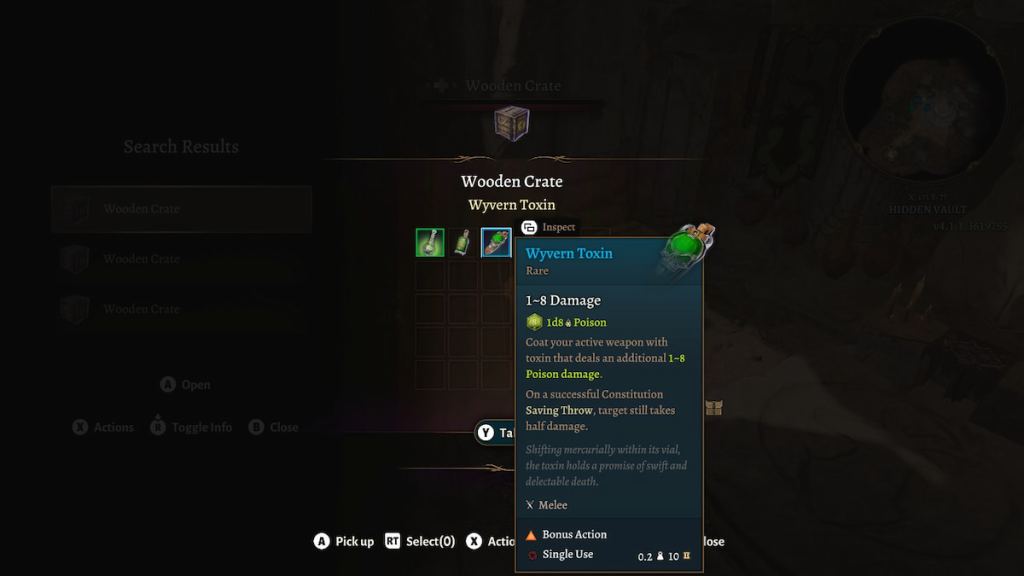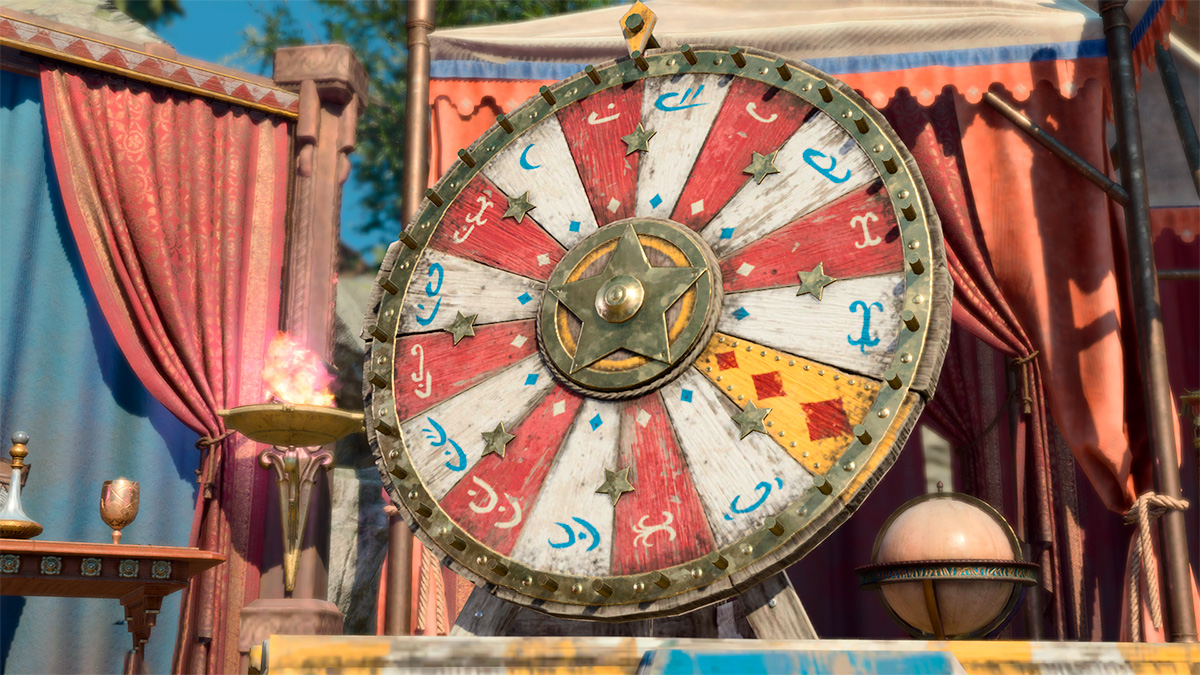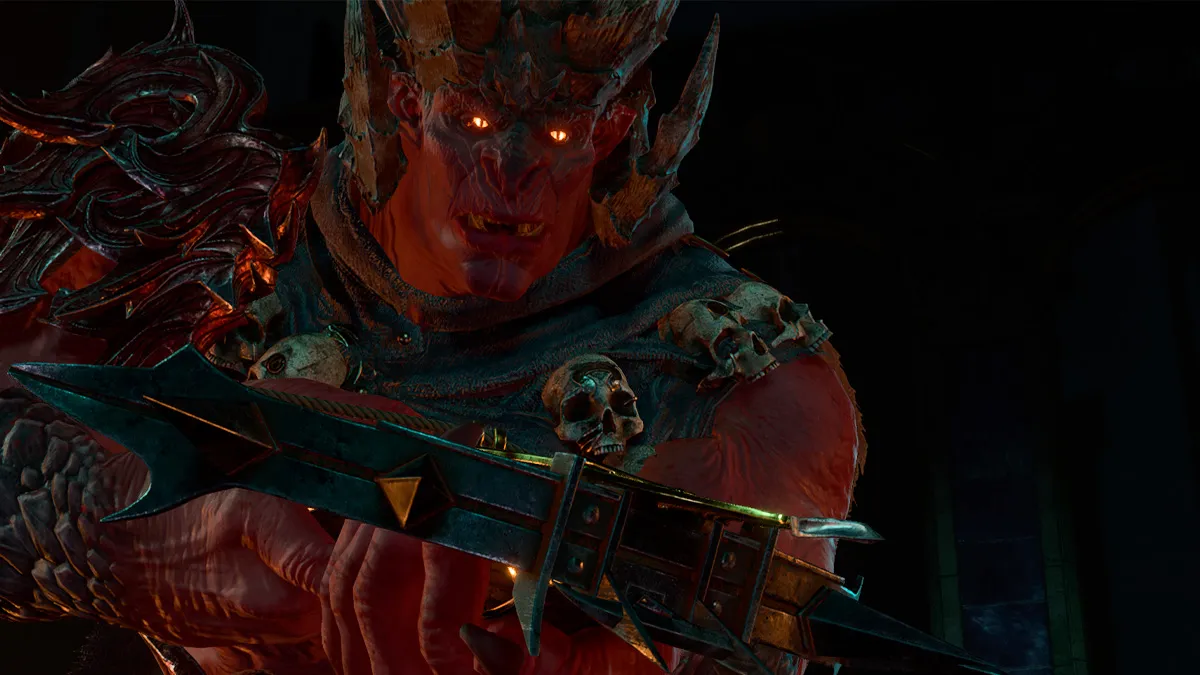There are a lot of common Dungeons & Dragons 5E terms in Baldur’s Gate 3. It makes sense because the developers Larian Studios follow the D&D handbook to create the various rules and guidelines for how combat, skill checks, characters, and overall gameplay work. Those who have played the original Baldur’s Gate or D&D will be familiar with dice code, but those who haven’t might wonder what terms like 1d4 or 1d20 mean.
Terms like 1d4 and 1d6 are commonly used in Baldur’s Gate 3 whenever talking about a weapon or a spell your character has at their disposal. For example, a short sword has 1d6 slashing damage, but there’s no breakdown for what this means when you hover over the term. There can also be pluses and minuses after them, which also affect the result, but aren’t explained in the rules.
Related: Baldur’s Gate 2’s Slayer Form Makes Surprise Return In Baldur’s Gate 3
All 1d4, 1d6, 1d8, 1d10, 1d12, & 1d20 Meanings Baldur’s Gate 3

In D&D, you have dice with different number of sides; a four-sided dice (referred to as a d4), a a six-sided dice (referred to as a d6), an eight-sided dice (referred to as a d8), a ten-sided dice (referred to as a d10), a twelve-sided dice (referred to as a d12), and a twenty-sided dice (referred to as a d20).
If the game refers to a number before the d (such as 1d4), it means you’re rolling the dice that number of times. So, 1d4 can have a result of 1-4. If the number before the d is higher, then that’s how many times you roll the dice, so 3d4 can have a result of 3-12. This can be seen in the screenshot above, where the Wyvern Toxin adds 1d8 Poison damage, so it has a range of 1-8 damage.
Some dice rolls in Baldur’s Gate 3 will also have a plus or a minus followed by a number, such as 1d4+1. In these instances, you add or subtract the number from the result, so 1d4+1 can result in 2-5. The same is true of minuses, so 2d4-1 can result in 1-7. It bears mentioning that dice rolls like this generally cannot go to zero, even with a penalty.
Related: Baldur’s Gate 3: What’s The Level Cap?
Make sure to double-check the spell or attack before using it to see how much damage it does to an enemy. Depending on how many die your character rolls, you might be better off using a different choice. There are other factors to consider, such as whether an attack is more likely to hit or not, or whether the enemy will resist certain types of damage, so bear in mind that the dice don’t mean everything.
What is a Critical Success in BG3?
A critical success in Baldur’s Gate 3 occurs when a player rolls a natural 20 on their d20 die during a check. This is considered an automatic success and usually allows the player special privileges.
For example, if you are attempting to enter a guarded area in the Goblin Camp during BG3 Act 1, if you roll a critical success on a persuasion check, you should be able to pass into the area without being stopped or creating suspicion. Remember though, that a critical success doesn’t apply to everything that happens after. If you get caught stealing in that room, prepare to hand over the goods or battle it out to keep that shiny enchanted necklace you nicked off a table.
What is a Critical Failure in BG3
Much like a critical success in Baldur’s Gate 3, a critical failure occurs when a player rolls a natural 1 on their d20 die during a check. When this occurs, modifiers will not be applied, and the character will fail the attempted check immediately.
For example, when trying to roll a perception check on an item, a critical failure will prevent the player from learning anything about the item, or if it is dangerous. If this occurs, it is good to select a different character and attempt the check again.







Published: Aug 10, 2023 11:18 am